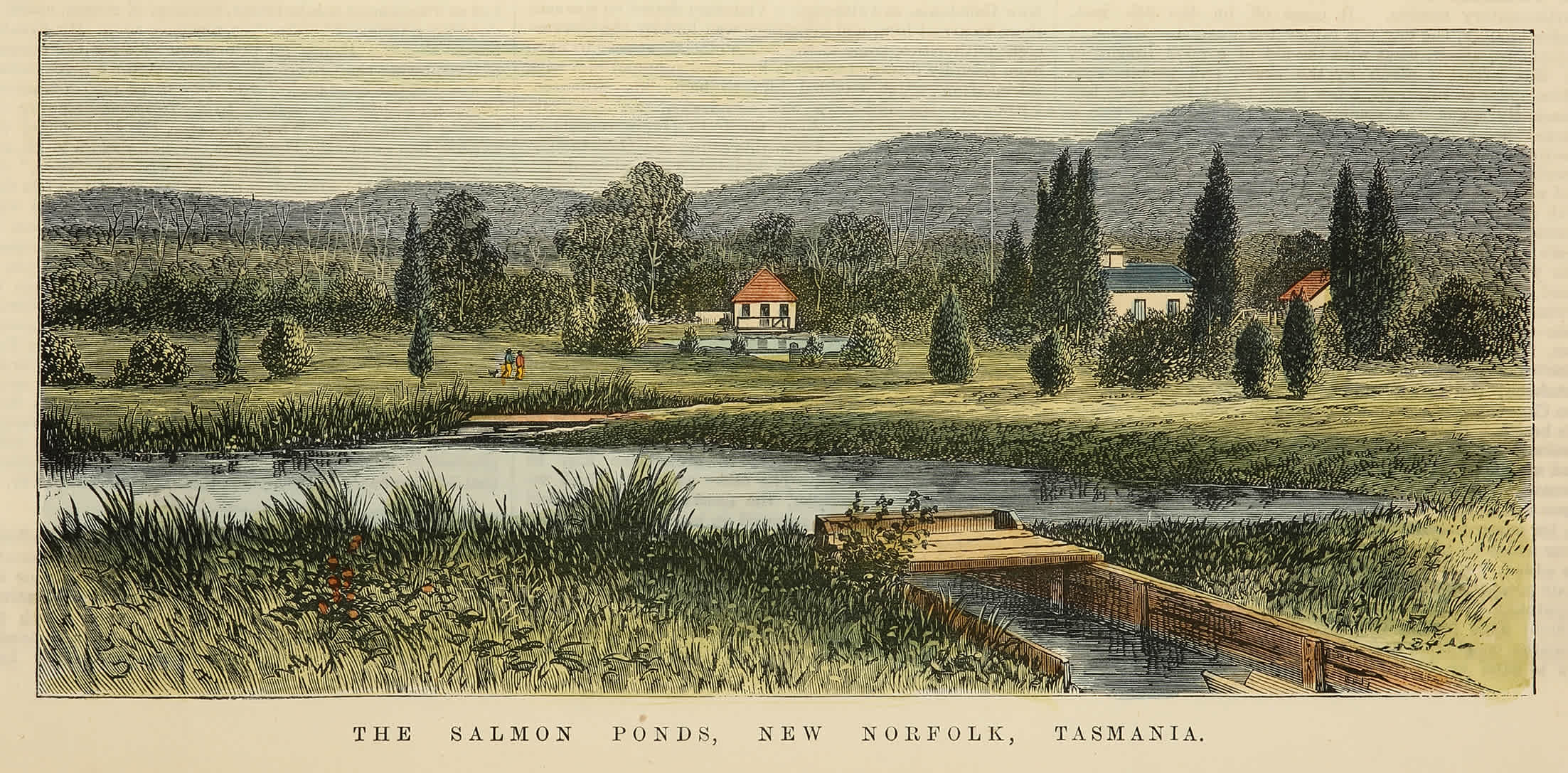Photographer Chris Fernance
Early one Sunday morning I drive to the beach in Blackmans Bay. There are people milling around the picnic shelter. Something has made them leave their warm beds, struggle into a wetsuit and head out into the cold water.
They are looking for invaders.
The group meets twice a month the under supervision of Hobart marine biologist, Benni Vincent, to remove the invasive Northern Pacific seastar (Asterias amurensis). A native of northern waters, particularly China, Russia and Japan, this starfish was introduced to Tasmania through ballast water in 1986. With no known predators in Australian waters, it has devastated the native ecosystem, devouring everything in its path. It competes with local species and is a threat to the critically endangered spotted handfish and the local shellfish industry.
Reducing the population of this pest is a priority for this group, and they expect it to remain so for several years. Under a collecting permit, the volunteers target high-density areas in the Derwent estuary to remove the starfish before they breed. Clean up locations and times are organised through their Facebook group "Invasive Seastar Clean-up Tasmania".
On this Sunday morning, I want to document one of their clean-up sessions.

As I stand on the sand, volunteers wade into the bay, clumsy in their fins. The sudden gasps and cut-off conversations tell me the water is cold, but that doesn’t stop them slipping on masks and snorkelling away, eyes glued to the bottom. I see one duck dive every now and then, disappearing with a slap of fins below the water. A rubber ducky ferries scuba-equipped divers further around the headland to deeper water.
Waiting with the land volunteers, I chat to Benni. “We hope that by reducing the density of this invasive species, biodiversity in these areas will improve,” she says.
It looks like this is on track as the volunteers return with their hauls. Mesh bags are emptied into tubs, water splashing everywhere as a cascade of yellow seastars pours out. Any native seastars collected by accident are quickly picked out and returned to the ocean. Then the land volunteers get to work. Wearing garden gloves, they count the sea stars, quickly filling tubs and passing numbers on to a woman with a tally sheet.
Amidst the bustle of sorting, I take a close look at one of the seastars. Its five yellow arms are covered with tiny spines and tipped with purple, as though they’ve been dunked in paint. When flipped upside down you can see the mouth in the centre and each arm lined with tubed feet.
More collectors arrive back, another round of mesh bags is emptied, and the counting continues. During a lull, the full bins of seastars are moved to the side and fresh water is poured over them to kill these invasive pests.
The flow of seastars slows then stops. The tubs are loaded into a trailer, destined to be turned into compost at the tip. The volunteers drift home to hot showers.
These volunteers brave the chilly Tassie waters year-round. At the time of writing, they have removing more than 127,000 Northern Pacific seastars from the Derwent. Their dedication to such an immense task is impressive, but on Blackmans Beach that Sunday morning there was no fanfare or fuss. Just a group of Tasmanian locals quietly getting on with it.
Christine Fernance is a photographer and writer based in Blackmans Bay, Tasmania. She has a background in marine science and science communication. She moved to Tasmania in 2021 which allowed her to be closer to the ocean and pursue her passions for scuba diving, photography and storytelling. More of her photography can be seen at www.chrisfernance.com.










